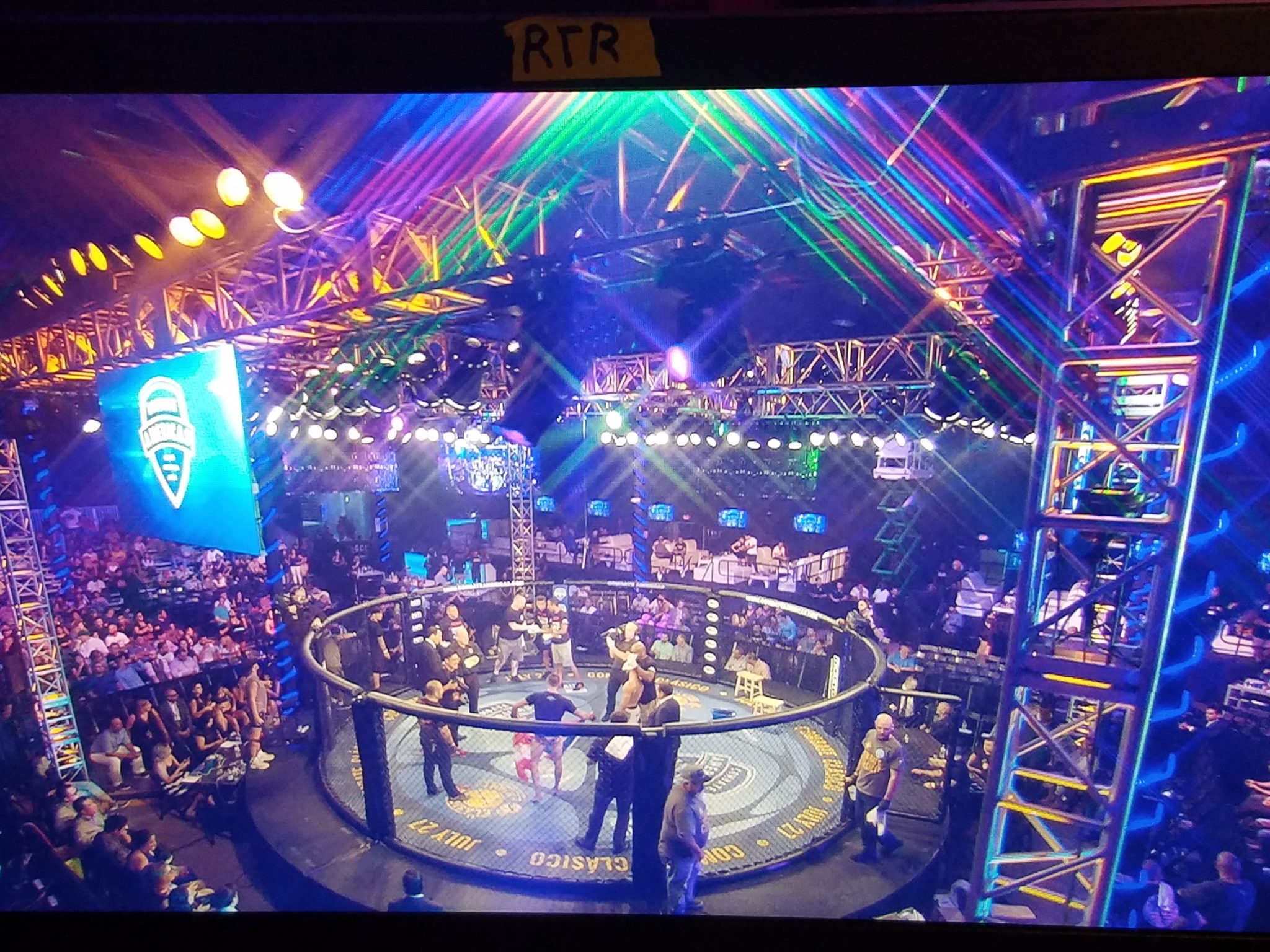The lighting and special effects that the correct illumination can create looks effortless when it’s executed properly, particularly in TV sports broadcasts. The result can be stunning and contribute to the entertainment factor. Lighting for sporting events is also immensely complicated and complex, requiring the services of professionals of the caliber available at Frank Gatto Lighting.
Lighting at sporting events must provide the right amount of illumination for athletes on the field or drivers on a race track, along with the fans in the stands. The lighting arrays must provide illumination that’s uniform in all areas of the field or track without any dark spots or shadows that will interrupt the action. Dark spots and shadows will affect the performance of the athletes.
The angle and height level of the lights are just as important as the brightness factor. Individual beams or banks of lights can distract or even blind athletes at a critical moment. It requires extensive knowledge of the type of lights being utilized, the requirements of the area to be illuminated, and a high-level of experience in the industry to provide the best range.
Sporting events don’t always occur under optimal conditions and temperatures can adversely affect the type of lights being used. Traditional arrays required significant warm up times and were extremely sensitive to temperature changes. If one light went out, an entire bank could also be affected. Lighting masters know the value of LED lighting to combat those problems and provide a more economical solution.
There are dozens of techniques and possible solutions for illuminating any sports venue and Frank Gatto Lighting is the creator of new groundbreaking LED lighting techniques that are now being used in TV sports coverage around the globe. Illuminating sporting events for TV is complex and it’s a specialty in which the company excels.



